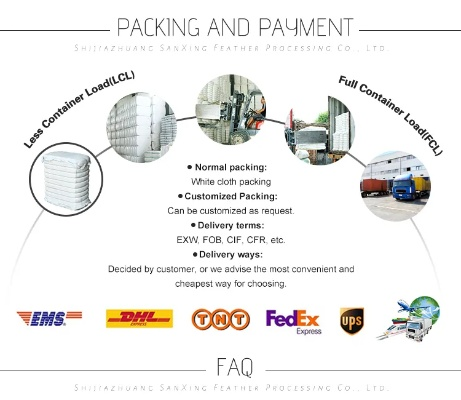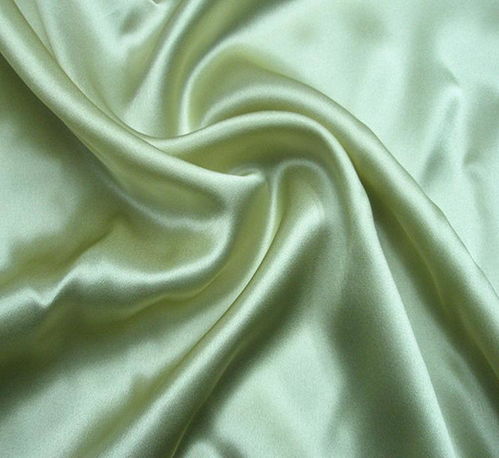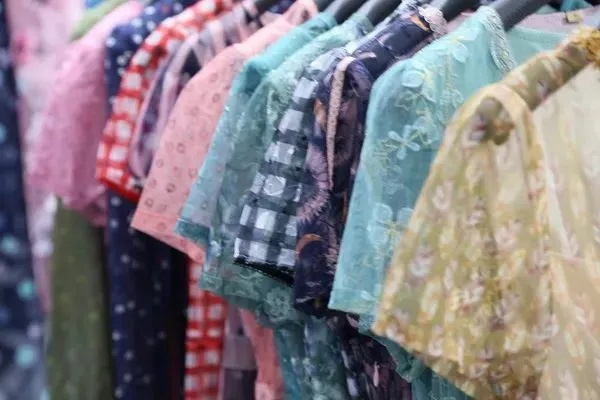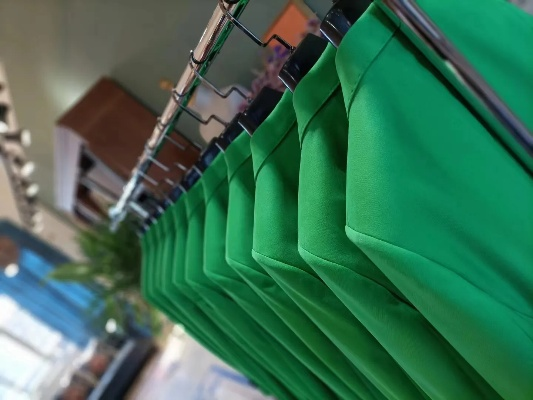Demystifying the Relationship Between Silicone and Plastics or Textiles
In the world of materials science, understanding the distinction between silicone, a type of polymer with unique properties, and plastics or textiles can be a bit perplexing. Both are materials that play a crucial role in various industries and everyday life, but their origins, applications, and characteristics often blur the line between them. In this article, we aim to explore the relationship between silicone and these traditionally different classifications, using an engaging and informative approach.
To kick off our discussion, we'll begin by outlining the basic differences between silicone, plastics, and textiles. Then, we will delve into the specific properties of each material, which will help us understand how they relate to silicone. Finally, we'll use some examples to illustrate how these materials are used in various contexts, highlighting the overlaps and differences.

Table 1: Comparison between Silicone, Plastics, and Textiles
| Material | Origin | Applications | Key Properties |
|---|---|---|---|
| Silicone | Polydimethylsiloxane (PDMS) | Electronics, medical devices, sealants | Low surface energy, high flexibility, transparency, resistance to chemicals, heat, and moisture |
| Plastic | Synthetic compounds | Automotive parts, household products, electronics | Thermoplastic, strong, flexible, moldable, easy to process |
| Textile | Natural fibers like cotton | Clothing, carpets, ropes | Durable, breathable, soft, absorbent, prone to shrinkage |
Now let's delve deeper into the properties of silicone and how it differs from plastics and textiles.
Silicon is a versatile element that can form a wide range of polymers. The most common form of silicone is polydimethylsiloxane (PDMS), which is characterized by its low surface energy and high flexibility. This makes silicone ideal for creating materials that are both tough and pliable. For example, silicone elastomers are used in a variety of applications, including medical implants, food packaging, and adhesives. They have excellent resistance to chemicals, extreme temperatures, and moisture, making them suitable for use in harsh environments.
On the other hand, plastics are synthetic compounds made from fossil fuels. They are thermoplastic, meaning they can be heated above their melting point to change their shape and then cooled to solidify again. Plastics are strong, flexible, and moldable, allowing for precise shaping. They are widely used for everything from packaging to electrical wiring, and their ease of production has revolutionized many industries. However, plastics are not resistant to chemicals or heat as well as silicone, and they can degrade over time if exposed to sunlight or certain chemicals.
Textiles, on the other hand, consist of natural fibers like cotton, wool, and silk. They are breathable, soft, and absorbent, but they can also be fragile and prone to shrinkage when washed or subjected to harsh conditions. Textiles are used for clothing, upholstery, and even ropes and fishing lines. They have a long history dating back thousands of years and are an integral part of many cultures.
Now that we've covered the basics, let's look at some practical examples of how these materials are utilized in real-world scenarios.
Silicon Example: In the electronics industry, PDMS-based materials are used for the production of electronic chips. These materials offer a low-stress environment that helps prevent cracking and breakage during handling. For instance, in the manufacture of microchips, silicone elastomers can be molded to create precise circuitry without damaging the delicate electronic components.
Plastic Example: In the automotive industry, plastics are used in the creation of body panels, door panels, and trim. They offer a cost-effective solution compared to more expensive metals, yet they must be designed to withstand impacts without breaking or cracking. One such application is the use of polycarbonate, which is a type of transparent plastic commonly used in automotive interiors. It provides a clear view while protecting passengers from harmful UV rays and shattering in case of a collision.

Textile Example: In the fashion industry, textiles are used to create clothing and accessories. They are breathable, soft, and often have intricate designs that reflect cultural traditions. For instance, silk is prized for its luxurious feel and elegant appearance, making it a popular material for designer clothing and luxury goods. Textiles are also used in outdoor gear such as tents, jackets, and hiking boots, where their durability and ability to withstand harsh weather conditions make them essential.
In conclusion, while there may be some overlap between silicone, plastics, and textiles in terms of their origins and applications, they serve distinct roles in modern society. By understanding the unique properties of each material, we can appreciate how they complement one another, rather than compete. From medical implants to fashion trends, these materials continue to drive innovation and shape our lives in profound ways.
在讨论硅胶材料时,我们常常会将其归类为塑料或纺织品,以下我们将通过一个英文案例和表格来详细说明。
英文案例介绍
假设我们有一个关于硅胶材料的应用场景,比如某公司正在研发一种新型硅胶制品,根据市场调研和产品特性,我们可以得出以下结论:
案例名称:硅胶制品应用案例
材料特性:硅胶是一种具有高强度、耐高温、耐腐蚀等特性的材料,它通常被视为一种塑料制品,但也可以用于制作纺织品。

英文表格说明
材料分类与特性对比
| 材料分类 | 特性描述 | 示例应用 |
|---|---|---|
| 塑料类别 | 高强度、耐高温、耐腐蚀等 | 硅胶手套、硅胶餐具、硅胶文具等 |
| 纺织品类别 | 可塑性强、柔软舒适、可染色等 | 硅胶贴布、硅胶布艺制品等 |
关于硅胶属于塑料还是纺织品的讨论
关于硅胶属于塑料还是纺织品的问题,我们可以从以下几个方面进行讨论:
-
材料分类依据:根据上述案例和表格,我们可以看出硅胶作为一种材料,通常被视为一种塑料制品,这是因为硅胶具有塑料的一些基本特性,如高强度、耐高温、耐腐蚀等,由于其可塑性强、柔软舒适等特性,也可以被视为一种纺织品。
-
应用领域:在具体的应用领域中,硅胶可以用于制作各种产品,如手套、餐具、文具、贴布和布艺制品等,这些产品可以根据其具体用途和设计需求进行选择和应用,某些硅胶制品可能更适合用于高温环境或需要承受一定压力的场合,而某些纺织品则更适合用于柔软舒适和美观的场合。
硅胶可以被视为一种塑料制品或纺织品,具体应用取决于其用途和设计需求,在未来的应用中,我们可以根据具体需求选择合适的材料和产品类型,随着科技的不断发展和新材料的应用,我们也可以期待硅胶材料在更多领域得到更广泛的应用和发展。
Articles related to the knowledge points of this article:
A Class of Textiles:The Fabric Revolution
The Interplay of Textiles and Concentric Design for Fabric Flanges
Discovering the Global Fabrics at Guangdong Customized Textile Marketplaces



